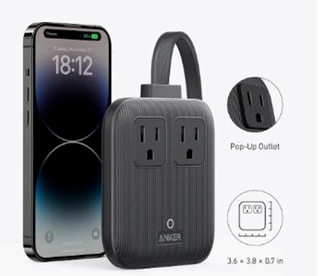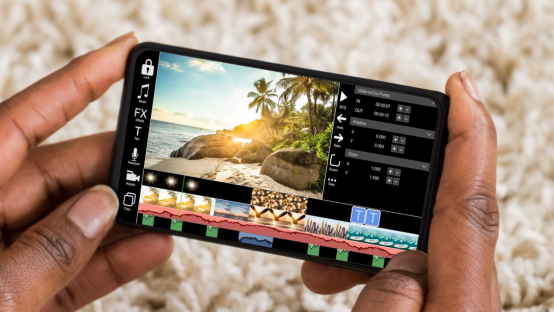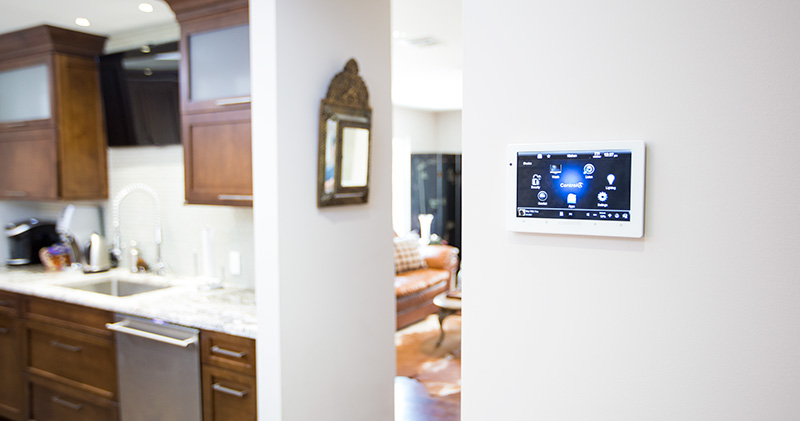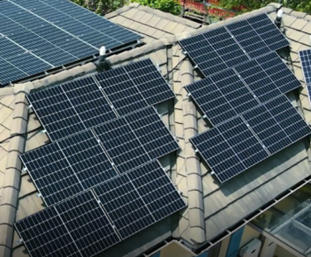What are the Top 5 Mistakes to Avoid with Surge Protectors
Surge protectors are crucial for safeguarding your electronic devices from power surges and spikes. However, many people overlook common mistakes that can render these protective devices ineffective. Avoiding these errors ensures your electronics remain safe and operational during unexpected electrical disturbances. Let's delve into the top five mistakes to avoid when using the surge protector power strip.
Top 5 Mistakes to Avoid with Surge Protectors
1. Not Understanding Joule Ratings
One of the most significant mistakes is not paying attention to the joule rating of a surge protector. The joule rating indicates how much energy the surge protector can absorb before failing. A higher rating means better protection. Many users make the error of buying a cheap surge protector without checking this specification, which can lead to inadequate protection for valuable electronics. For instance, a basic surge protector with a low joule rating might be acceptable for small kitchen appliances but is insufficient for high-end electronics like computers or home theater systems. Understanding the requirements of your devices and matching them with a suitable joule rating is crucial. If you're protecting more delicate or expensive equipment, aim for a surge protector with at least 2000-3000 joules. Always consider the total value and sensitivity of the devices you plan to connect.

2. Daisy Chaining Surge Protectors
Another common mistake is daisy chaining surge protectors – connecting one surge protector to another. While it might seem like a convenient way to add more outlets, this practice can be highly dangerous and counterproductive. Surge protectors are designed to handle a specific load capacity, and plugging multiple units together can exceed this limit, leading to overheating or even fires. The National Fire Protection Association warns against daisy chaining as it increases the risk of electrical faults. Furthermore, daisy chaining can lead to degraded performance of the surge protection mechanism itself. Each additional protector in the chain reduces the effectiveness of the surge protection, leaving your devices vulnerable.
3. Using Expired Surge Protectors
Surge protectors don’t last forever. Over time, their ability to absorb surges diminishes. An overlooked mistake is continuing to use surge protectors past their prime. Most protectors have an indicator light that shows whether they are still providing surge protection. Ignoring this feature or failing to replace an outdated unit can lead to ineffective protection. Manufacturers often specify the lifespan of a surge protector in terms of years or number of surges. However, real-world conditions such as frequent electrical storms or poor local grid reliability can shorten this lifespan. It’s wise to periodically check your surge protectors and replace them if the indicator light goes out or after a significant power event. Keeping track of the age and condition of your surge protectors is essential for ensuring ongoing safety. Don’t wait for a failure to remind you of the importance of regular checks and timely replacements.

4. Overloading Surge Protectors
Overloading a surge protector is a prevalent mistake that can lead to dangerous situations. Surge protectors are designed with a maximum load capacity, usually indicated in watts or amps. Connecting too many high-power devices can exceed this limit, causing overheating and increasing the risk of fire. To avoid overloading, calculate the total power consumption of the devices you intend to connect. Compare this with the surge protector’s specifications. If the demand exceeds the capacity, consider distributing the load across multiple surge protectors or reducing the number of connected devices.
5. Incorrect Placement of Surge Protectors
The placement of a surge protector can significantly impact its effectiveness. Placing surge protectors in damp or poorly ventilated areas can lead to moisture damage or overheating. Another error is positioning them behind large furniture, where heat may build up unnoticed. Ensure surge protectors are placed in dry, well-ventilated locations. They should be easily accessible for monitoring and maintenance. Avoid locations prone to spills or leaks, such as under sinks or near windows. Proper placement not only prolongs the life of the surge protector but also enhances safety by reducing the risk of electrical faults. Being mindful about where you place your surge protectors is an easy but crucial step in maintaining optimal functionality and safety.
Conclusion
Avoiding these common mistakes ensures your surge protectors function effectively, providing reliable protection for your electronics. By understanding joule ratings, avoiding daisy chaining, replacing old units, preventing overloads, and ensuring proper placement, you maximize the longevity and efficiency of your surge protectors, keeping your valuable devices safe and secure from electrical mishaps.
 crowdmobs
crowdmobs






